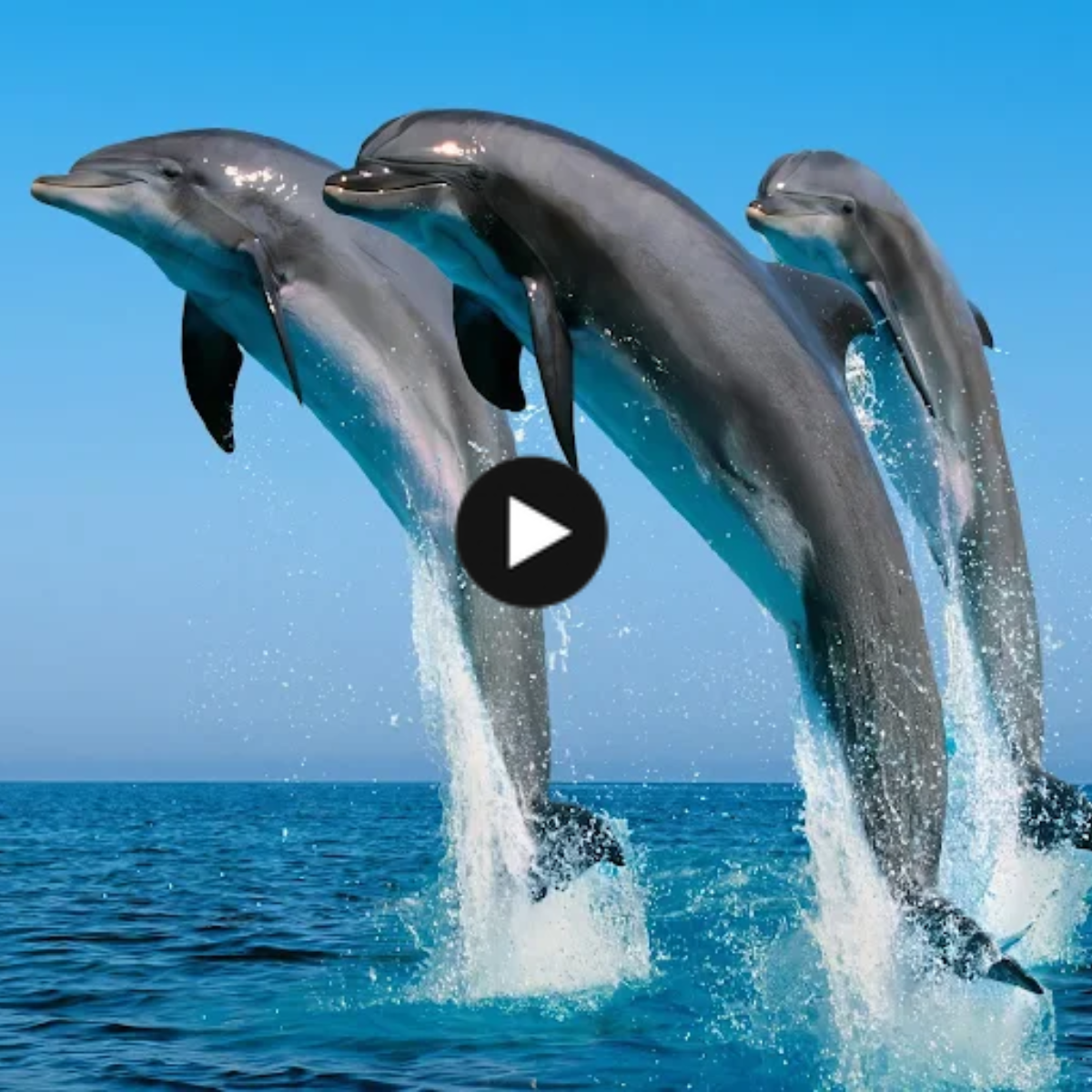A huge, well, love machine.

Aplysia vaccaria, the larges sea slug species on earth. Image credit: HerbziKal

Aplysia vaccaria, also known as the black sea hare and California black sea hare, is a species of extremely large sea slug inhabiting the waters of the northeast Pacific Ocean off California, United States and Baja California, Mexico, including the Gulf of California.

..

The black sea hare is, in fact, the largest sea slug species on the planet. It has the potential to reach impressive sizes, with the longest known specimen measuring 99 cm (39 in) in length when fully extended and weighing almost 14 kg (31 lb).

So, the one encountered in the below video by YouTuber and TV host Coyote Peterson might actually be a smaller specimen, despite how supersized it looks (Peterson estimates it to weigh about ten pounds, or over four kilograms).
During Peterson’s tide-pool adventure, he was accompanied by a wildlife expert. However, while these creatures’ gills are concealed, they still require water to breathe.

So, it’s generally not advisable for the average person to handle sea slugs, even the enticingly large ones.

Unless you are a wildlife expert, you better not handle sea hares. Image credit: Alex Heyman
Scientists have long speculated that sea hares must produce some form of toxin to deter predators, as they lack natural predators in their ecosystem. Unlike most of its relatives, A. vaccaria cannot produce ink as a defense mechanism. However, the species still maintains a low predation rate, suggesting that it secretes a potent toxin that effectively protects it from predators.
Sea hares derive their toxins from the compounds in their food, and the type of algae they consume determines the specific toxins they produce. A. vaccaria mainly feeds on brown algae, which is the source of its distinct toxins, unlike A. californica, which feeds on red algae and produces different toxins. This also explains why A. vaccaria appears dark brown or black, while A. californica has a red hue, as the color of sea hares is determined by their food source.

Aplysia californica, a related species of sea hare, shown here releasing a cloud of purple pigment, probably as a reaction to being disturbed. Image credit: Genny Anderson
As with all sea slugs, sea hares are hermaphrodites possessing fully functioning male and female reproductive organs.The penis is located on the right side of their head, while the vagina is situated deep down between the parapodia in the mantle cavity, beneath the shell. Due to this physical arrangement, mating partners cannot simultaneously act as both male and female.
But that’s not all. While sea hares can mate in pairs with one acting as the male and the other as the female, during the mating season, they often occur in crowded numbers leading to daisy chains of three or more sea hares mating together. In such love chains, the first sea hare acts solely as a female, while the last acts solely as a male. The animals in between act as both males and females, allowing the sea hare receiving sperm to pass its own sperm to a third sea hare.
So, while it may not win any beauty contests – at least by human standards – these sea slugs definitely have an interesting sex life, which may even prove a bit difficult for us to handle. Just as the animal itself actually, as it’s extremely slimy. So for your own and the sea hare’s sake, let’s leave it where it belongs to – in the sea.




